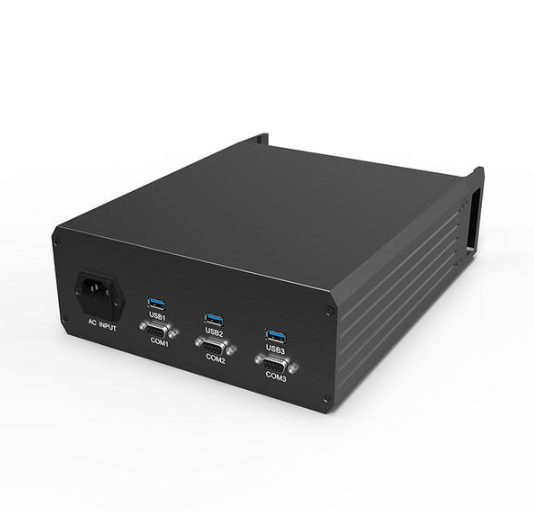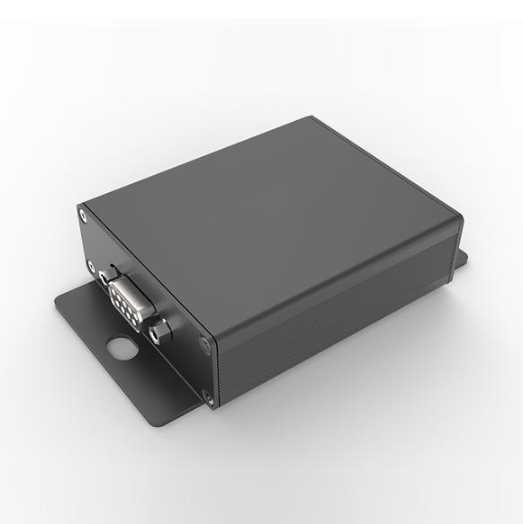In the realm of electronics, a PCB (Printed Circuit Board) stands as the beating heart, orchestrating the flow of currents and commanding the functionalities of myriad devices.
However, to safeguard this vital component, we turn to the guardian - the PCB enclosure box. Let's delve into the significance, components, and requirements of this protective shell, essential for securing the intricate PCB.
However, to safeguard this vital component, we turn to the guardian - the PCB enclosure box. Let's delve into the significance, components, and requirements of this protective shell, essential for securing the intricate PCB.
What is a PCB?
A PCB, or Printed Circuit Board, is a fundamental element in electronic devices, serving as a substrate to mechanically support and electrically connect various electronic components. It provides the structural base for the assembly of capacitors, resistors, integrated circuits, and other electronic parts necessary for the device's operation.
Understanding the PCB Enclosure Box
A PCB enclosure box is the fortress that shields the PCB from external elements and physical damage. Essentially, it encompasses the PCB within a secure, protective casing. These enclosures come in diverse shapes, sizes, and materials, designed to accommodate the specific requirements of the PCB and its intended application.
What Are The Requirements of A PCB Enclosure?
The requirements of a PCB enclosure are multifaceted, catering to the protection, functionality, and longevity of the enclosed Printed Circuit Board. Here are several essential requirements:
●Protection from Environmental Factors
The primary objective of a PCB enclosure is to shield the circuitry from environmental influences such as moisture, dust, chemicals, and temperature variations. A robust enclosure must be impermeable to these elements to ensure the PCB's longevity and functionality.
●Mechanical Strength and Durability
As the first line of defense, the enclosure must possess sturdy construction to withstand physical impacts, vibrations, and other external forces. This fortification ensures the PCB remains intact and operational even in demanding conditions.
●Heat Dissipation and Ventilation
Efficient thermal management is critical to prevent overheating of electronic components. Adequate ventilation and heat dissipation mechanisms within the enclosure help maintain optimal operating temperatures, preserving the PCB's functionality.
●EMI (Electromagnetic Interference) Shielding
Electronic devices are susceptible to electromagnetic interference, which can disrupt their operation. A PCB enclosure with EMI shielding capabilities prevents external electromagnetic signals from affecting the PCB's performance.
●Customization and Accessibility
Enclosures should allow for easy access to the PCB for maintenance, repairs, or modifications. Customizable features like removable panels, slots for connectors, and mounting options enhance accessibility while maintaining security.
●Compliance with Standards and Regulations
Depending on the application, certain industries and regulations may mandate specific enclosure standards for safety, security, and performance. Adhering to these standards is crucial in ensuring the device's compliance and reliability.
Conclusion
In the intricate world of electronics, a PCB enclosure box serves as the steadfast guardian, preserving the functionality and longevity of the underlying Printed Circuit Board. By meeting the stringent requirements of protection, durability, heat management, and compliance, these enclosures fortify the heart of technology against the myriad challenges posed by the external environment.
Investing in a well-suited PCB enclosure isn't just a matter of safeguarding electronics; it's a testament to ensuring reliability, longevity, and optimal performance in the ever-evolving landscape of technology.
Investing in a well-suited PCB enclosure isn't just a matter of safeguarding electronics; it's a testament to ensuring reliability, longevity, and optimal performance in the ever-evolving landscape of technology.





